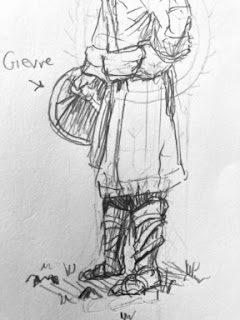We've added even more new royalty-free music to our catalog since our last update! So many, in fact, that we're going to split this update into two posts. Today's theme: cinematic and dark.
Behold, Cognition Hazard. This track is rather simple melodically (making it easy to fit into the context of any project), but filled with interesting atmosphere and textures. The song becomes more intense over time, going from a dirty drum beat, 808 bass and string ensemble to a full composition with an echoing synth melody, fingerstyle electric bass and haunting choir. Jam out with caution.
Now, picture this. Out in the arctic wastes, after weeks of searching, your team finally finds the lost research station, half buried beneath snow and ice. After making your way into the station, you discover what remains of your colleagues and their research. It got out. Fetid Martyr is an ambient wonder that slowly melts into a dissonant, disturbing landscape of fear.
Stepping back from horror, listen in to Tensor Core. Tense, dark and stealthy, with a mixture of organic and synthesized percussion underscoring the flute melody and low synth bass. A soundtrack fit to score your intrusion into a secret military base. If you enjoyed the sound of Tenet, this song is for you.
Eerie woodwinds, frame drum percussion and a choppy synth bass make up our final track of this post, Squad Deployed. This one brings the energy up further, progressing into a distorted metal bass and crunchy acoustic drum kit to drive the rhythm further. No more sneaking around solo, take a fireteam in and clear out all enemy forces.
As always, our full store of music is available at all the links below.
Pond5
Dreamstime
123RF










